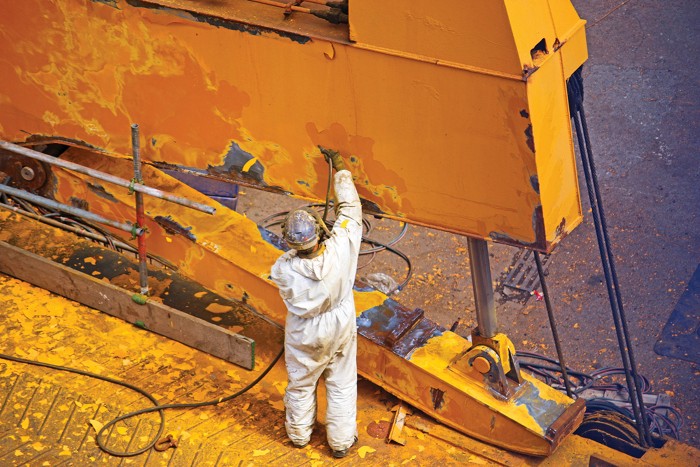Advertisement
Grab your lab coat. Let's get started
Welcome!
Welcome!
Create an account below to get 6 C&EN articles per month, receive newsletters and more - all free.
It seems this is your first time logging in online. Please enter the following information to continue.
As an ACS member you automatically get access to this site. All we need is few more details to create your reading experience.
Not you? Sign in with a different account.
Not you? Sign in with a different account.
ERROR 1
ERROR 1
ERROR 2
ERROR 2
ERROR 2
ERROR 2
ERROR 2
Password and Confirm password must match.
If you have an ACS member number, please enter it here so we can link this account to your membership. (optional)
ERROR 2
ACS values your privacy. By submitting your information, you are gaining access to C&EN and subscribing to our weekly newsletter. We use the information you provide to make your reading experience better, and we will never sell your data to third party members.
Chemical Regulation
EPA sets new lead dust standard
The tighter limits are meant to reduce childhood exposure to the hazardous element
by Andrea Widener
June 24, 2019

At a time when it is rolling back most environmental safety regulations, the Trump administration is tightening standards for lead dust on floors and window sills in homes and child-care centers.
The rule, announced June 21, is meant to reduce childhood exposure to lead, which the Centers for Disease Control and Prevention says can cause damage to the brain and nervous system, growth delays, and other problems at any level of exposure. First proposed in December 2018, the EPA’s final standard allows for 10 µg/ft2 (about 110 µg/m2) of lead dust on floors and 100 µg/ft2 (1,100 µg/m2) on window sills. The previous lead dust standard, updated in 2001, allowed 40 µg/ft2 (430 µg/m2) on floors and 250 µg/ft2 (2,700 µg/m2) on windows.
“Today’s final rule is the first time in nearly two decades EPA is issuing a stronger, more protective standard for lead dust in homes and child care facilities across the country,” EPA administrator Andrew Wheeler said in a statement. The rule becomes effective in 180 days.
Earlier this month, EPA sent a newly proposed rule to limit lead and copper in drinking water to the White House for review before releasing it for public comment.





Join the conversation
Contact the reporter
Submit a Letter to the Editor for publication
Engage with us on Twitter